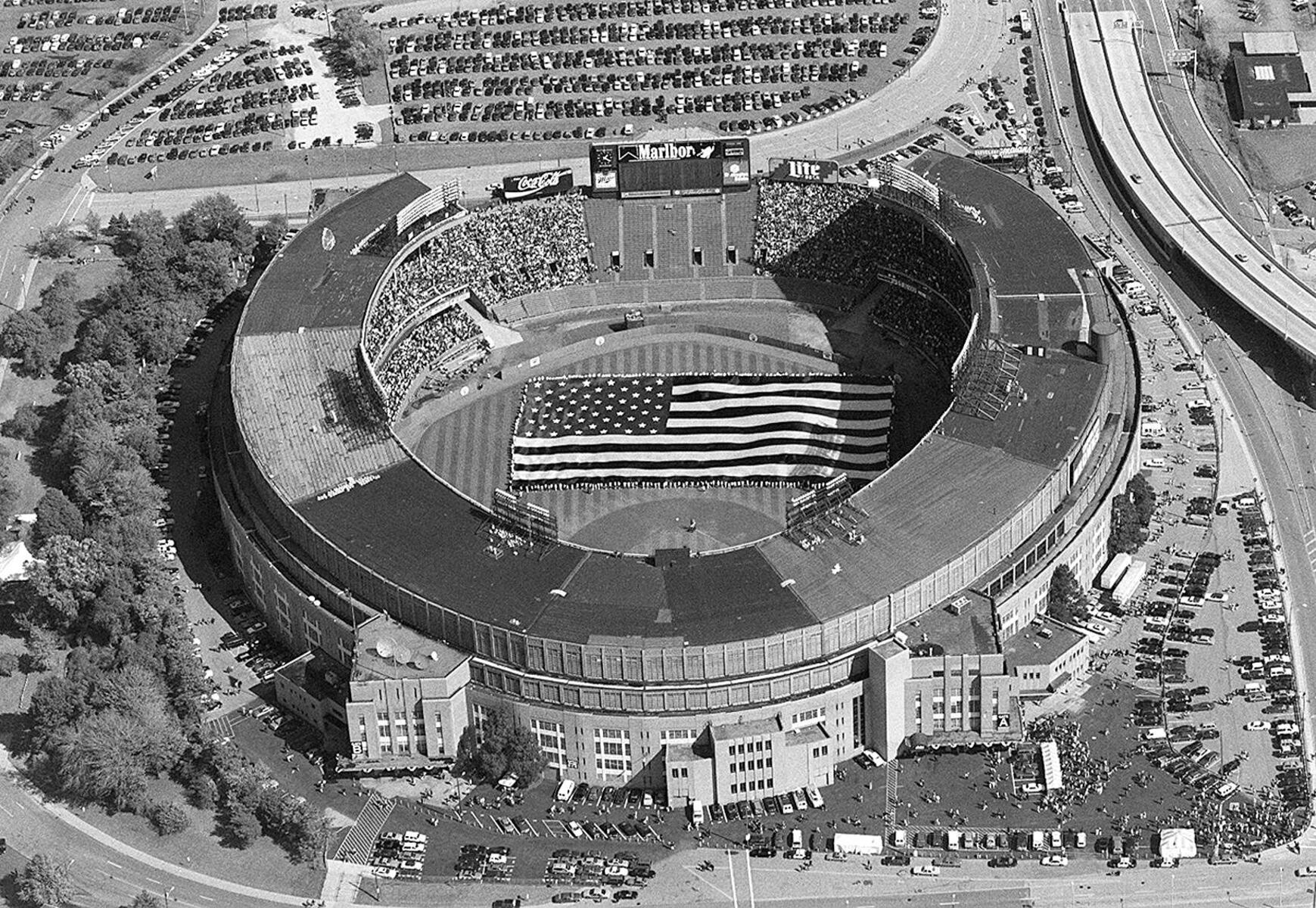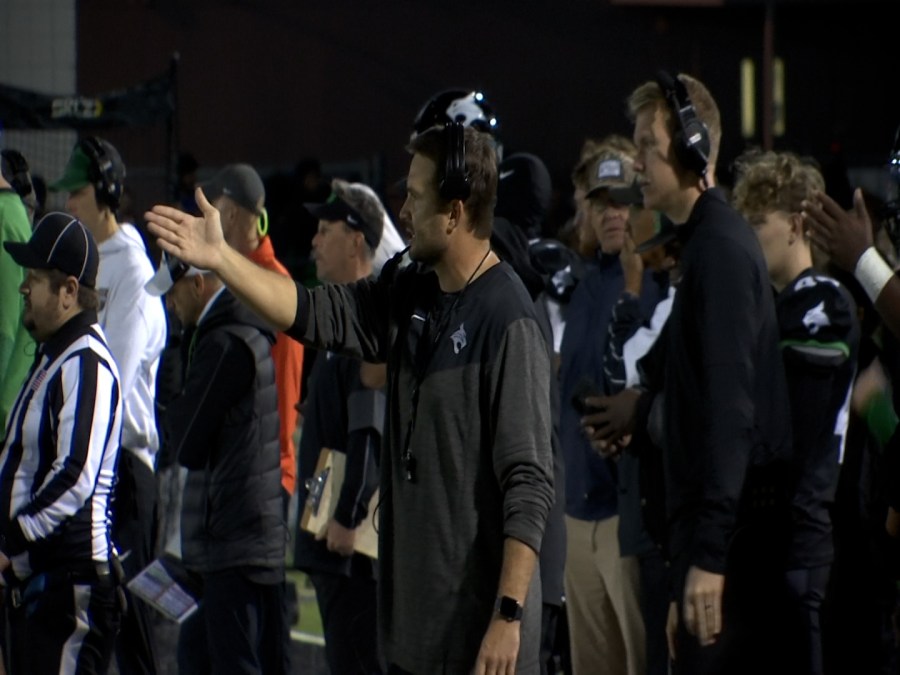UPDATE: Cleveland’s lakefront stadium legacy is officially coming to an end as the Browns football team prepares to relocate to a new stadium in Brook Park after the 2028 NFL season. This monumental shift marks the conclusion of nearly 100 years of civic investment in sports facilities along the city’s waterfront.
The Browns’ departure will not only demolish the current stadium but also allow Cleveland to break free from costly long-term obligations tied to maintaining this massive venue. Mayor Justin Bibb noted that while he fought to keep the team downtown, financial realities may ultimately benefit the city’s budget. The decision comes just as $19 million annually is spent on the lakefront stadium, significantly exceeding the $17 million generated from taxes and revenues linked to stadium use.
Since its inception in 1928 when voters approved a $2.5 million bond for the city’s first stadium, Cleveland has invested heavily in its sports culture. The original stadium opened on July 3, 1931, hosting a heavyweight championship bout, and has been a foundational part of the city’s identity ever since. The Browns previously left for Baltimore in 1995, but returned in 1999 to a newly constructed facility on the same site.
However, this tradition is now shifting as the Browns are set to join a wave of relocations, leaving behind a stadium that will soon be demolished. As part of this transition, the agreement secures at least $50 million for lakefront redevelopment, expanding the area for new possibilities to 50 acres. Mayor Bibb sees this as a “blank canvas” for future development, potentially revitalizing the downtown waterfront.
The financial implications of the Browns’ move are significant. Current city expenditures include $9.3 million in loan payments, $3.9 million for capital repairs, and $2 million for team payments, among other costs. This financial burden has raised concerns among city officials, such as Councilman Mike Polensek, who emphasized the need for transparency regarding stadium-related expenses.
Experts in urban economics have weighed in on the impact of stadiums on local economies. Victor Matheson, an economics professor, remarked, “There is no evidence at all that football stadiums create a decent anchor. It’s a flash flood and then drought,” suggesting that the sporadic use of the stadium does not justify the investment.
Despite the mixed financial outlook, some believe the city’s long-term prospects may improve without the Browns. Retired city hall insider Ken Silliman noted that the original stadium deal was financially favorable for Cleveland, but with the state committing $600 million for the new Brook Park stadium, potential renovations to the existing facility may not have been viable.
As Cleveland prepares to bid farewell to its lakefront stadium, the future holds promise for a revitalized waterfront. Mayor Bibb remains optimistic, stating, “We might see a short-term dip, but long term, with the other planned investments, we’ll be OK.”
The departure of the Browns signifies a turning point for Cleveland, as for the first time since 1928, the city’s lakefront future will not be dependent on a sports stadium. This pivotal moment raises questions about the lasting legacy of public investment in sports and opens the door to new opportunities for the city’s waterfront landscape.
Stay tuned for further developments as this story unfolds and Cleveland transitions into a new era.







